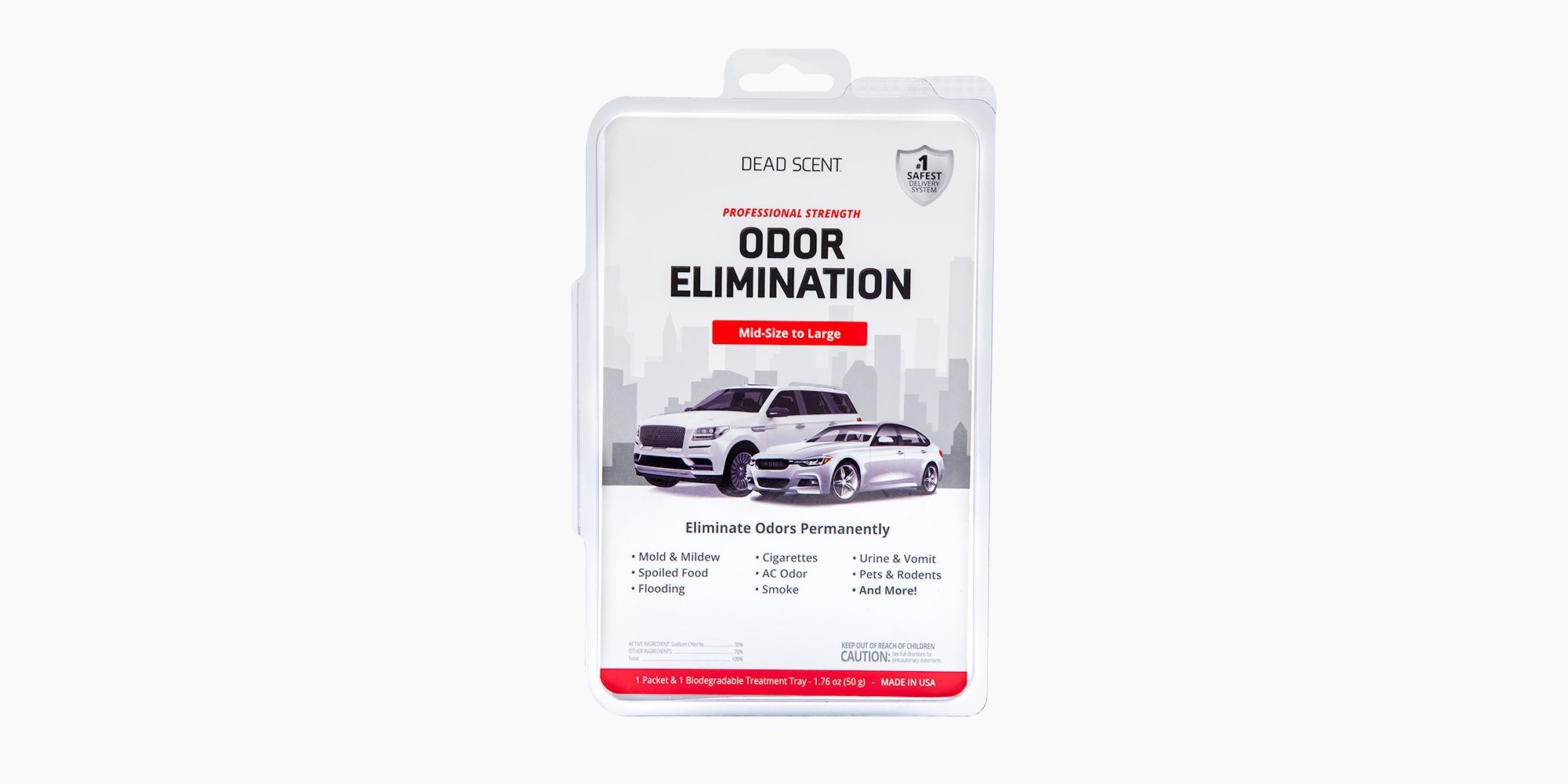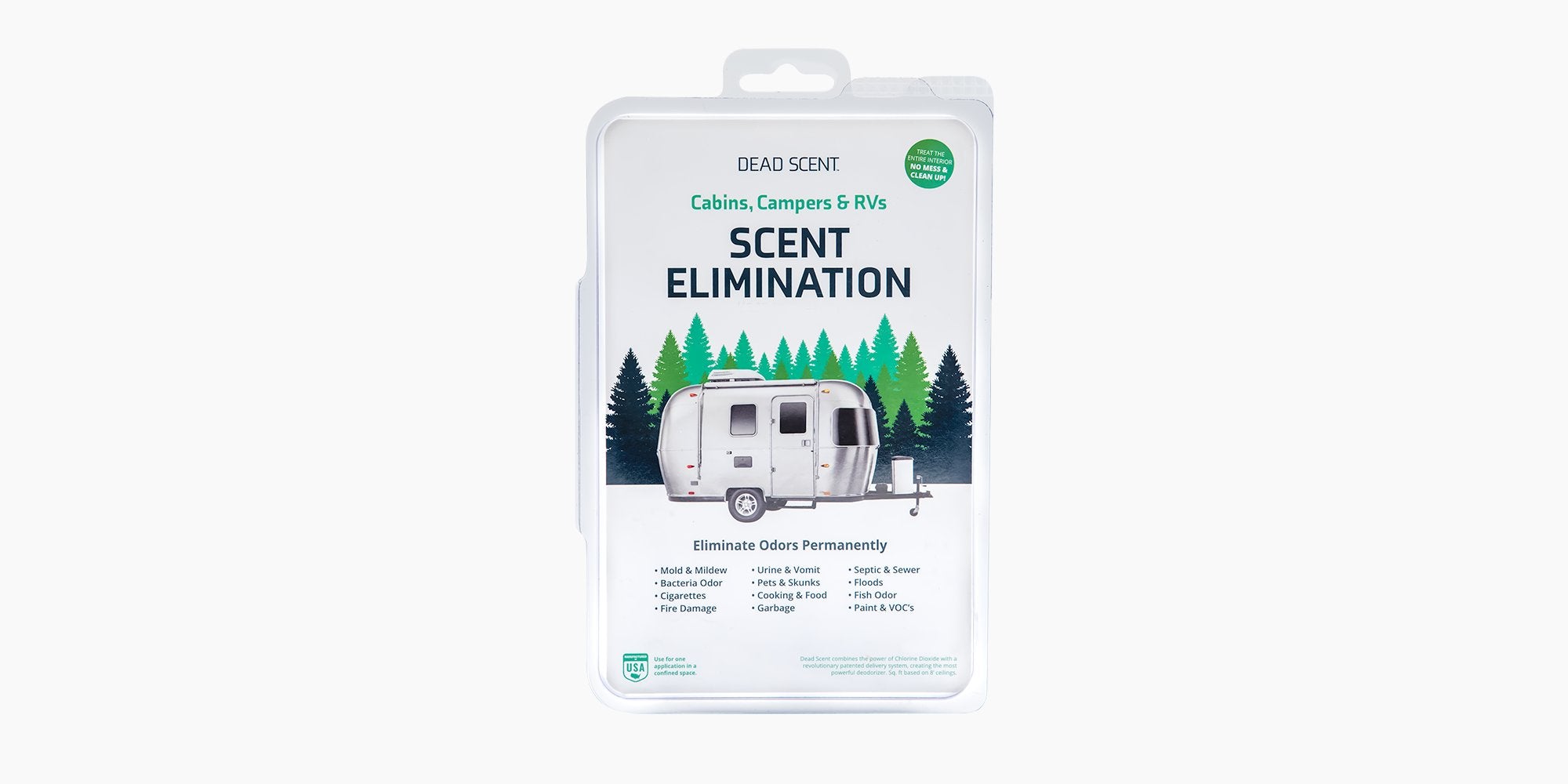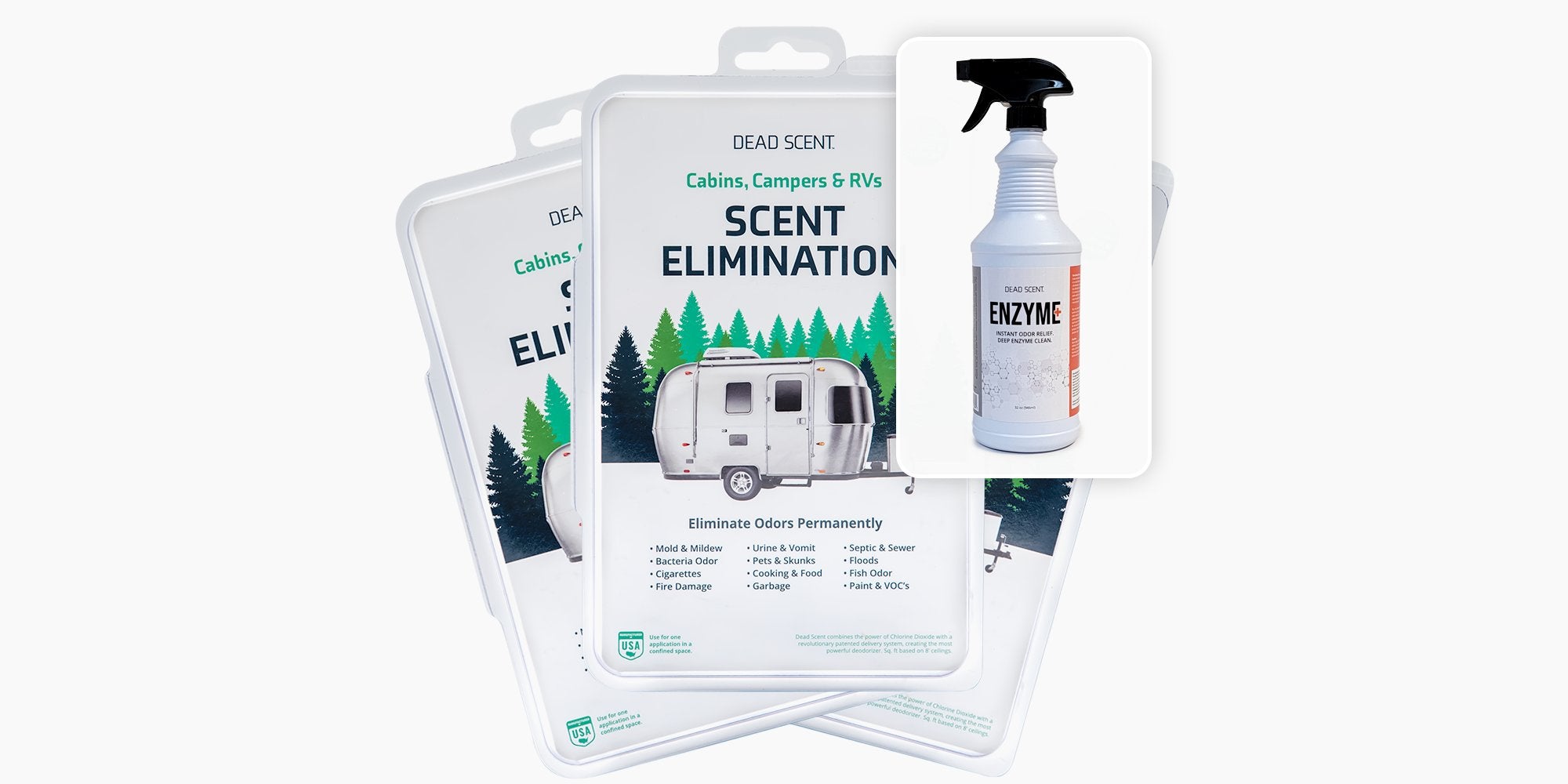As an RV owner, you may have encountered the unpleasant odors associated with mold and mildew growth. The confined spaces and high humidity levels within an RV can create the perfect conditions for these fungi to thrive. In this blog post, we will explore the causes of mold and mildew odors in RVs and provide practical solutions to tackle this issue effectively.
Understanding the Causes:
Mold and mildew odors stem from excessive moisture and poor ventilation within the RV. Common causes include high humidity levels, water leaks, condensation, or improper drying of wet surfaces.
Solution: Identify and address the underlying causes to prevent further mold and mildew growth. Regular inspection and maintenance are key to keeping your RV dry and mold-free.
Deep Cleaning and Mold Removal:
If you notice mold or mildew growth in your RV, it's crucial to take immediate action to eliminate it and prevent further spread.
Solution:
- Start by thoroughly cleaning the affected areas with a mixture of water and mild detergent. Scrub the surfaces gently using a soft brush or sponge.
- For stubborn mold or mildew, use a solution of equal parts water and vinegar or hydrogen peroxide. Apply it to the affected areas and let it sit for some time before rinsing.
- Ensure thorough drying of surfaces to prevent future mold growth. Use fans, open windows, or dehumidifiers to aid in the drying process.
- Sometimes even the toughest cleaning efforts can’t remove the odor of mold and mildew. By using a CLO2 (Chlorine Dioxide) product like Dead Scent, you can easily rid the RV of this odor permanently. Dead Scent’s CLO2's extra small molecules penetrate deeper into fabrics, soft and hard surfaces. It leaves no residue and no VOCs, and best of all it can be done in one treatment. To learn more about how it works please click here.
Prevention through Ventilation:
Proper ventilation is essential for maintaining a dry and fresh environment in your RV.
Solution:
- Open windows and roof vents whenever possible to allow for airflow and exchange of stale air.
- Consider installing vent covers that allow for ventilation even during inclement weather.
- Use ceiling fans or portable fans strategically to enhance air circulation.
- When cooking or showering, use exhaust fans or open windows to expel excess moisture.
Moisture Control:
Reducing excess moisture is crucial in preventing mold and mildew growth and associated odors.
Solution:
- Use moisture-absorbing products such as desiccants, silica gel packs, or moisture-absorbing crystals to control humidity levels inside cabinets, closets, and other enclosed spaces.
- Avoid drying wet clothes or towels inside the RV. Instead, hang them outside or utilize laundromats when possible.
- Check for and promptly repair any water leaks, including those around windows, vents, or plumbing fixtures.
- Insulate cold surfaces prone to condensation, such as windows or metal parts, to minimize moisture buildup.
Regular Maintenance:
Consistent maintenance practices can significantly reduce the risk of mold and mildew growth and keep your RV smelling fresh.
Solution:
- Routinely inspect your RV for any signs of water damage, leaks, or mold growth. Address these issues promptly.
- Clean and dry bathroom areas regularly, paying special attention to shower stalls, sinks, and toilet areas.
- Clean and vacuum upholstery, carpets, and curtains to remove any accumulated moisture or mold spores.
- Replace or clean air filters in your HVAC system to improve air quality and minimize the spread of mold spores.
Mold and mildew odor issues in your RV can be addressed effectively through a combination of prevention, deep cleaning and using products with CLO2 in them, proper ventilation, moisture control, and regular maintenance. By implementing these solutions, you can create a fresh and healthy environment within your RV, ensuring a pleasant journey and enjoyable adventures. Take proactive steps to keep mold and mildew at bay, and embrace the freedom of the open road in a clean and inviting RV.












